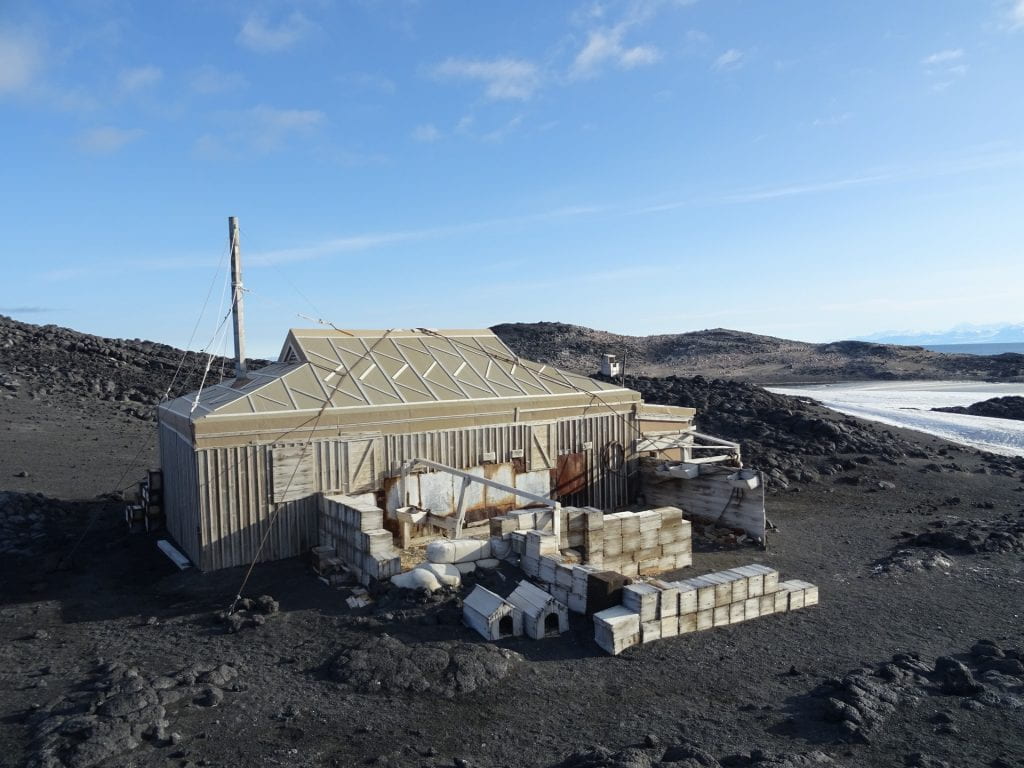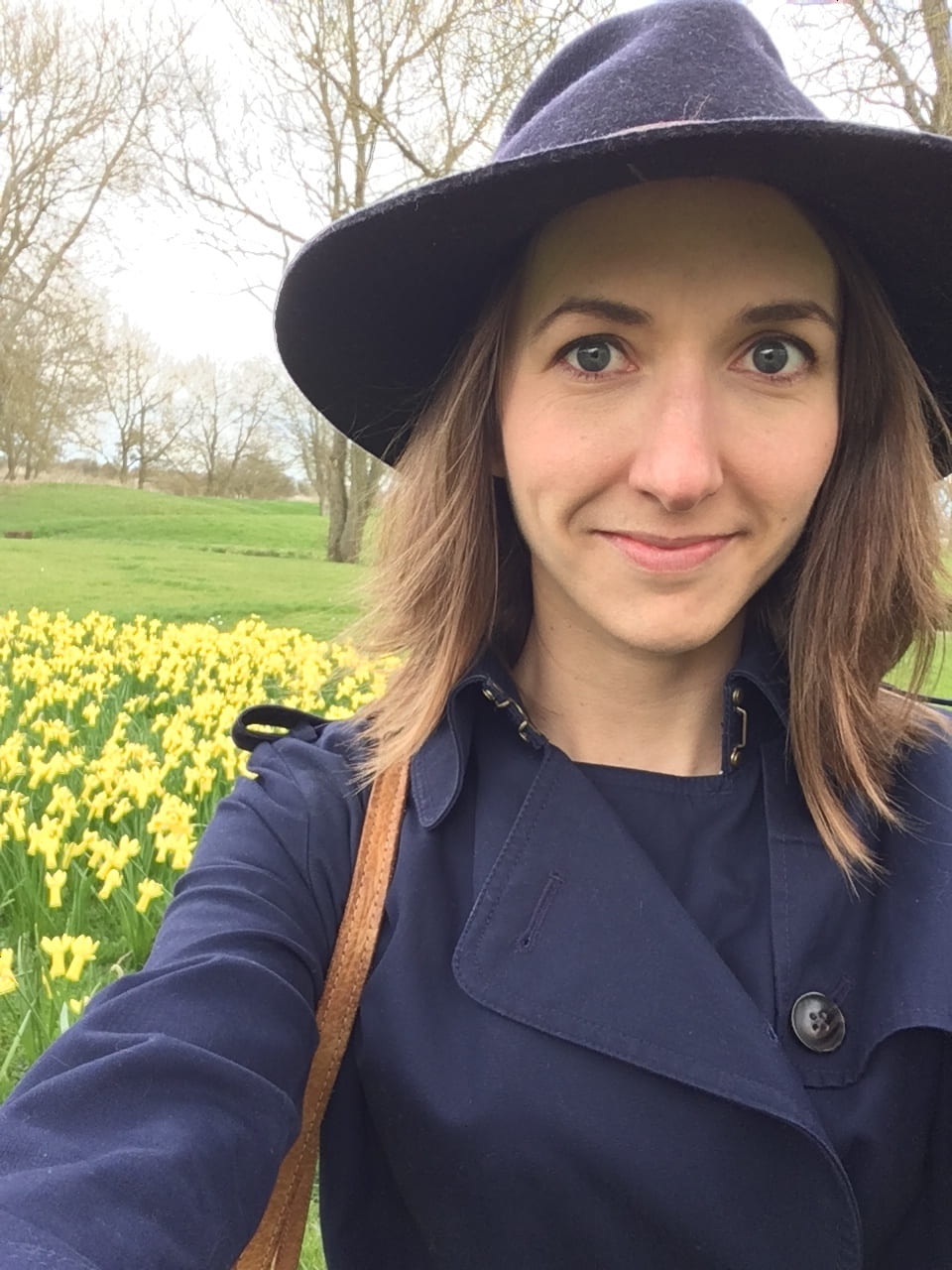Will Pooley is Lecturer in Modern European History. His research explores popular cultures, folklore, and witchcraft in modern France. He is particularly interested in creative historical practices, such as history through games, theatre, poetry, art, and creative writing.
What’s your new book Body and Tradition in Nineteenth-century France about?
The book is about trying to understand what it felt like to be an ordinary agricultural worker or artisan in nineteenth-century France. What were the bodily experiences, and how did ordinary people use their own bodies?
Continue reading →



 Hi Victoria, could you start by telling us about your new research project?
Hi Victoria, could you start by telling us about your new research project?